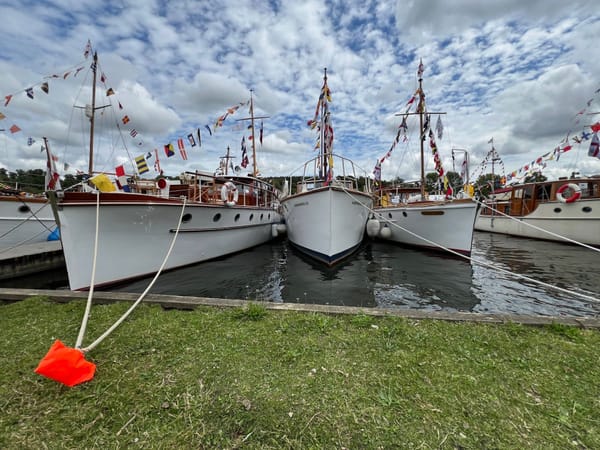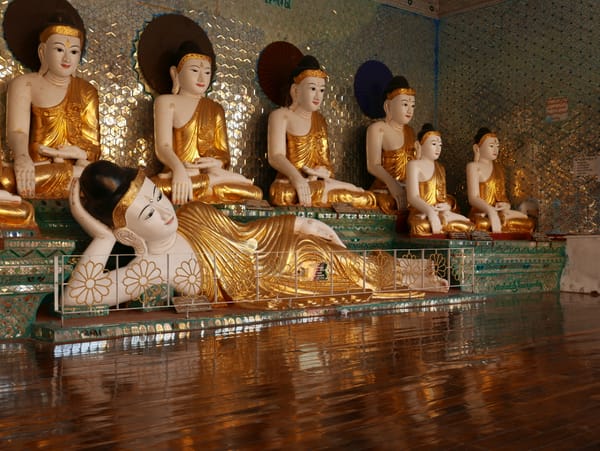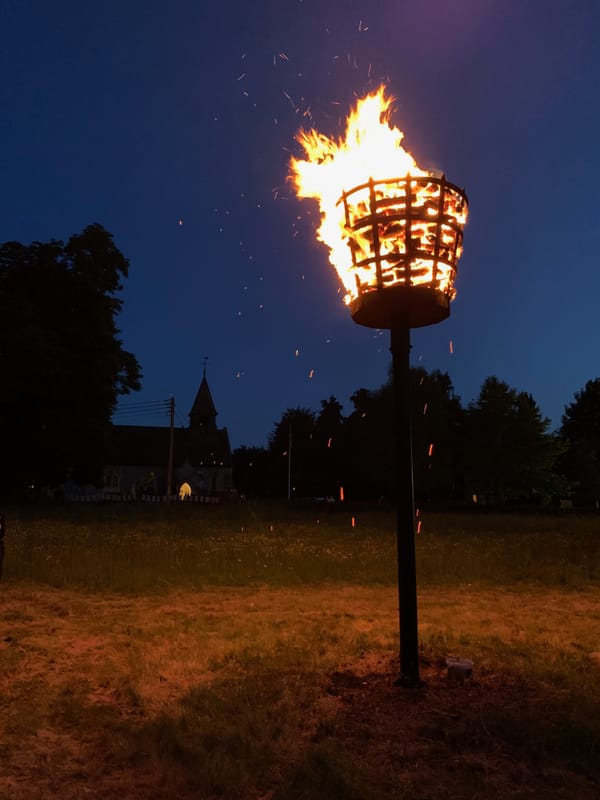Cambodia — Day 1: Angkor Thom (អង្គរធំ), Angkor Archaeological Park, Angkor, Cambodia
The second temple of my trip
September 2015
My second temple of the Cambodian tour was Angkor Thom (អង្គរធំ). And it was still raining.
Angkor Thom (អង្គរធំ) dates from after Angkor Wat (អង្គរវត្ត). Angkor Wat (អង្គរវត្ត) was built between 1110-1150, and Angkor Thom (អង្គរធំ) was built during the reign of Jayavarman VII (1181–1218).
Angkor Thom (អង្គរធំ) was the capital city of Jayavarman VII (1181–1218) and was the last capital of the ancient Khmer Empire in the Angkor period. Jayavarman VII is viewed as one of the great kings in Khmer history. He had two wives, Jayarajadevi was his first wife, and upon her death, he married her elder sister., Indradevi.
The Angkor Thom (អង្គរធំ) site was 9 km², surrounded by a 100 m wide moat which is 13.2 km long.
The walls of Angkor Thom (អង្គរធំ) are made of laterite (a reddish clay) and are 7 to 8 m high, 3 km long.
At Angkor Thom (អង្គរធំ), there are five stone causeways taking you to five gates that lead to the Bayon at the city centre.
On the inside of the wall was a large 25 m wide rampart with a small temple, or Prasat Chrung, at each corner.
Within the city were residences for the king and his family, officials, military officers and priests. The rest of the population lived outside the enclosure. Only the stone structures remain as the wooden homes and other buildings have rotted away.
The systems of moats and canals of Angkor Thom (អង្គរធំ) connected to the other water works in the area, and so improved irrigation and food production, which in turn increased the wealth of the country.
Angkor Thom (អង្គរធំ) is full of symbolism and is a microcosm of the universe. The temple of the Bayon is a symbolic link between heaven and earth; the city walls represent either the stone wall around the universe or the mountain ranges around Mount Meru. The surrounding moat represents the cosmic ocean.
There are two competing ideas for the symbolism of the five causeways in the city. One is that the causeways represent the rainbow linking the worlds of humans and the gods. The other is that the causeways show the demons and gods holding the body of Nāga (a divine, or semi-divine, half-human, half-serpent creature) and represent the myth of creation in the Churning of the Ocean of Milk.
For more information on Angkor Thom (អង្គរធំ), please see Wikipedia.
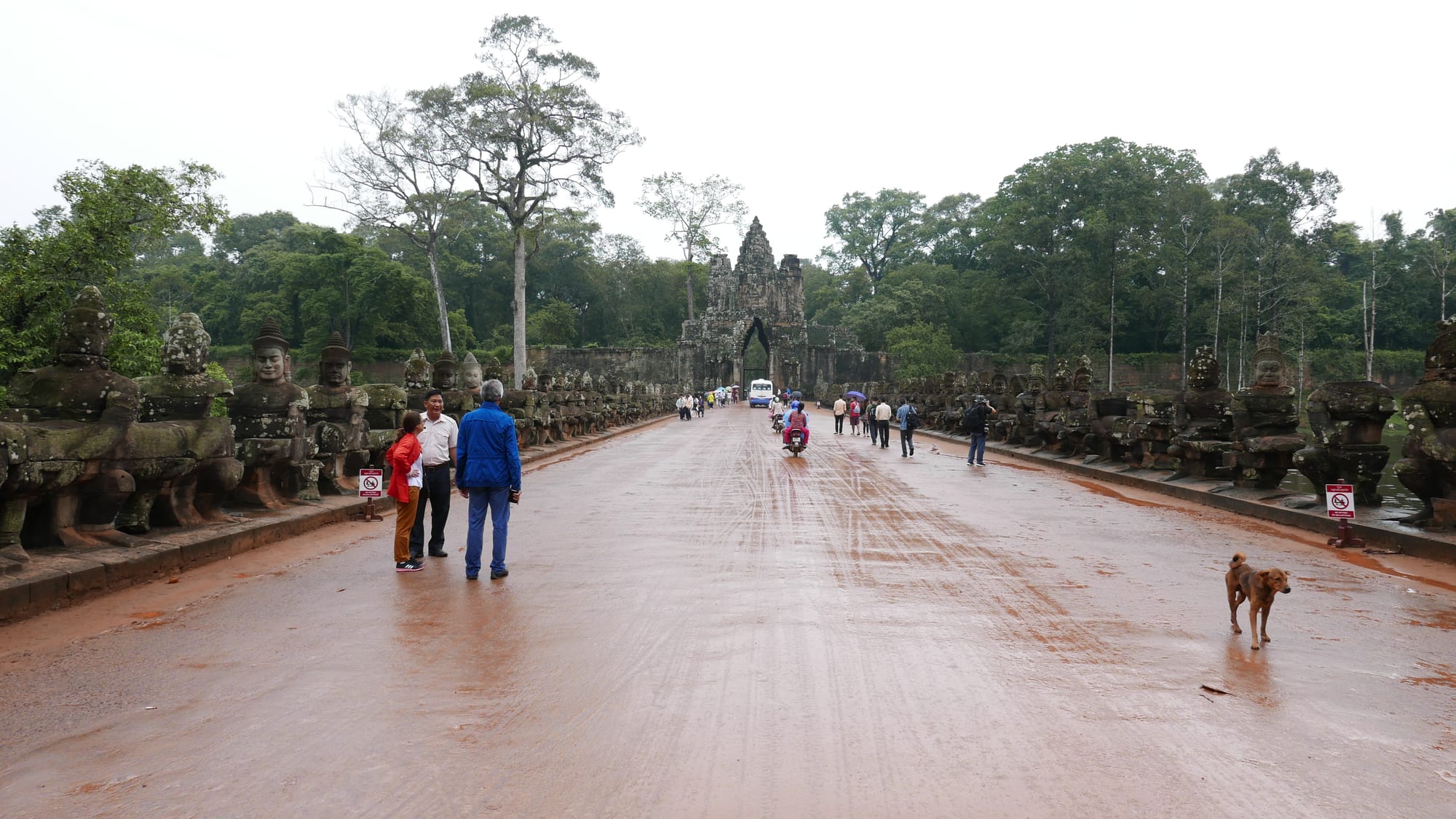
Like at Angkor Wat (អង្គរវត្ត), I was stunned by the quality of the work and the craftsmanship. Just look at that face.
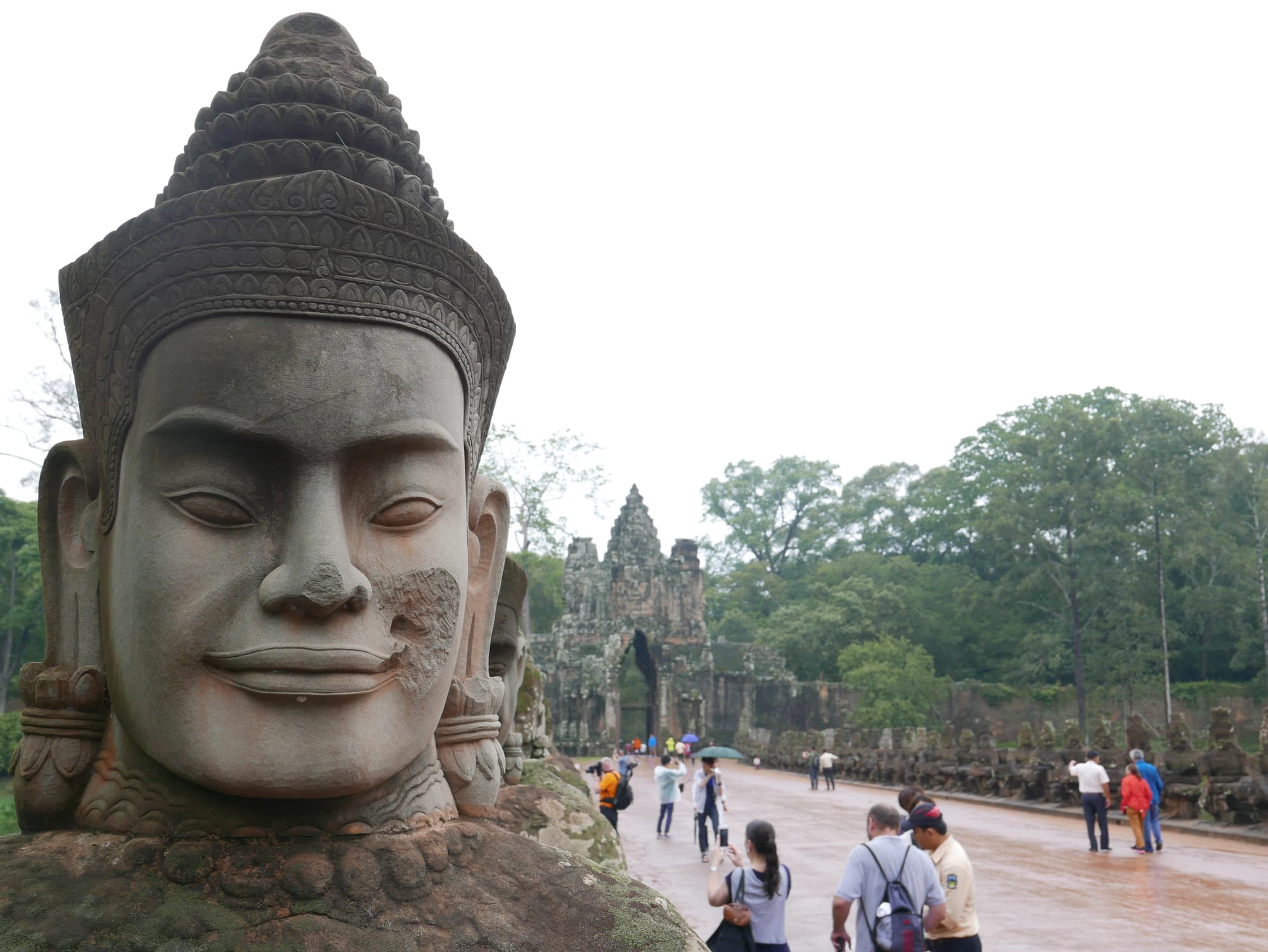
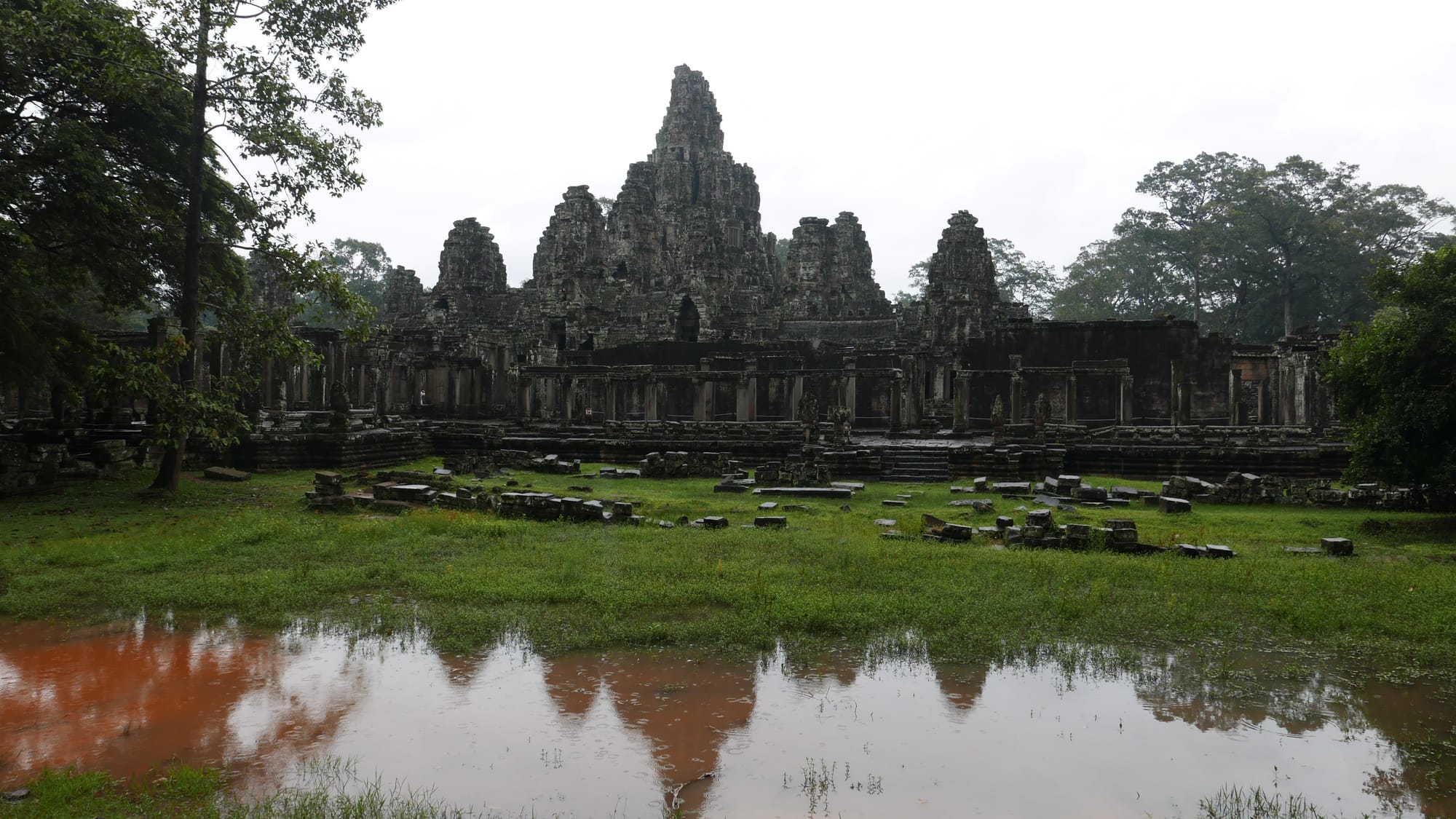
To me, even though Angkor Thom (អង្គរធំ) was not as old as Angkor Wat (អង្គរវត្ត), it felt older. It felt more authentic than Angkor Wat (អង្គរវត្ត).
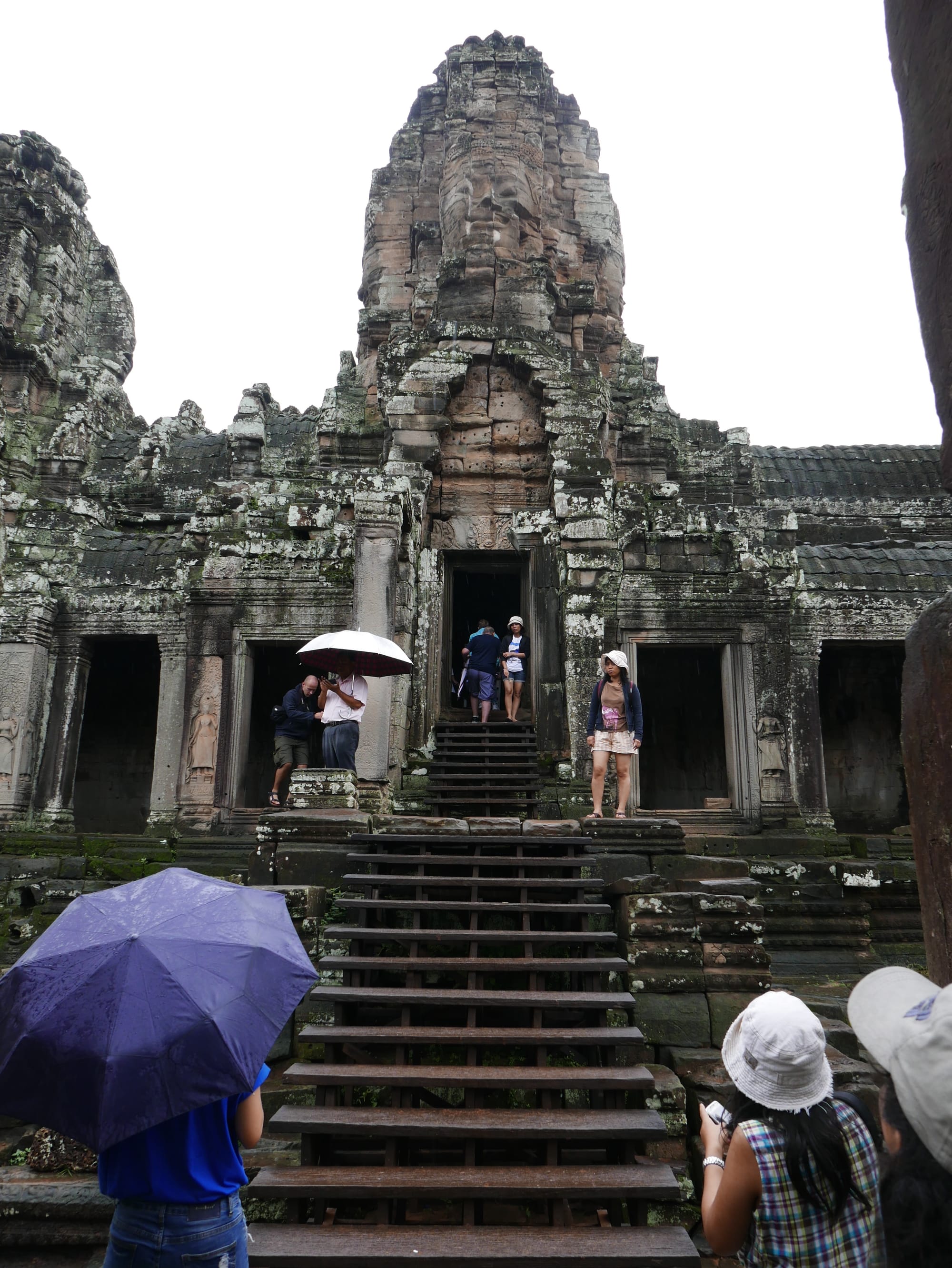
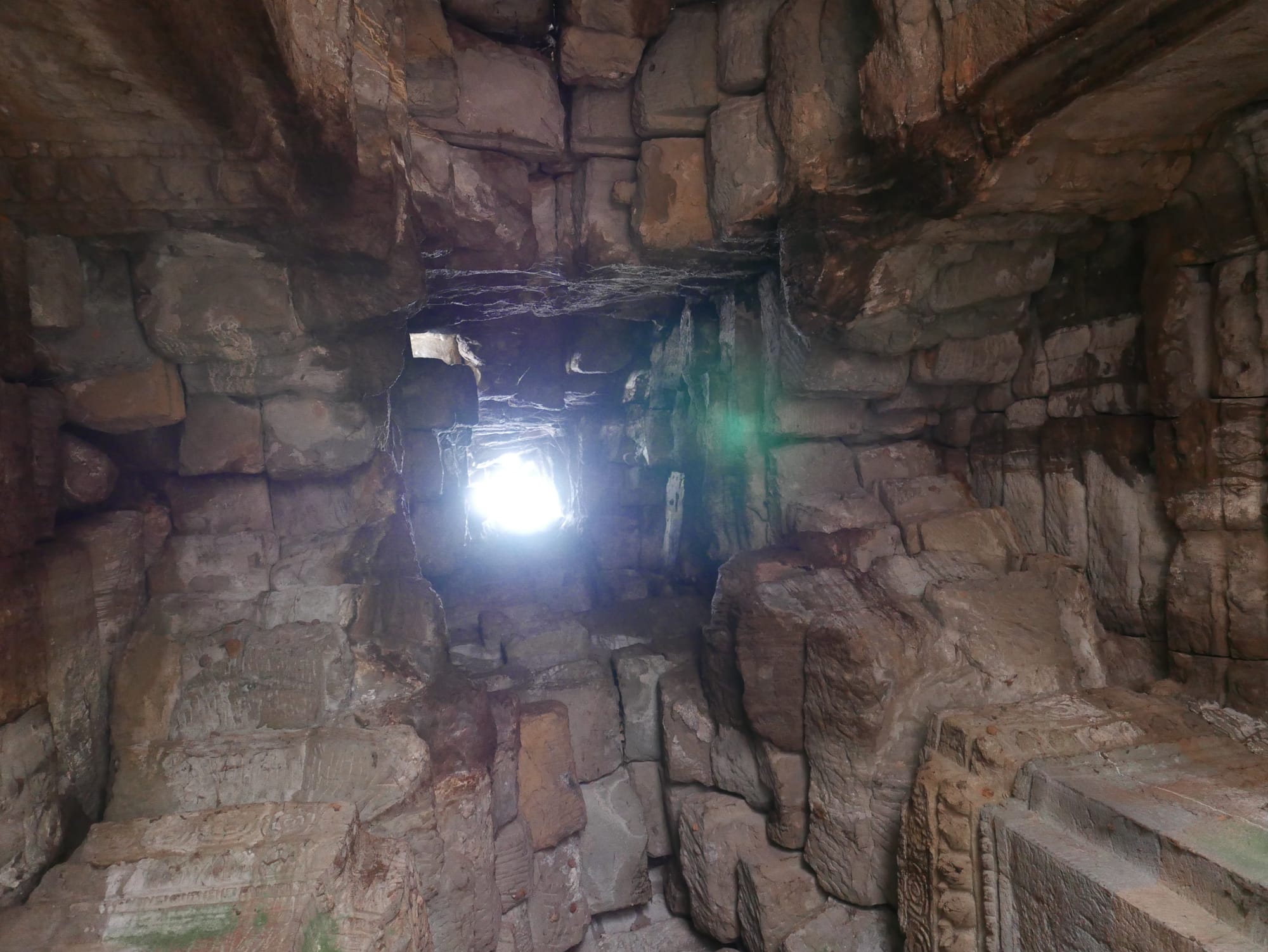
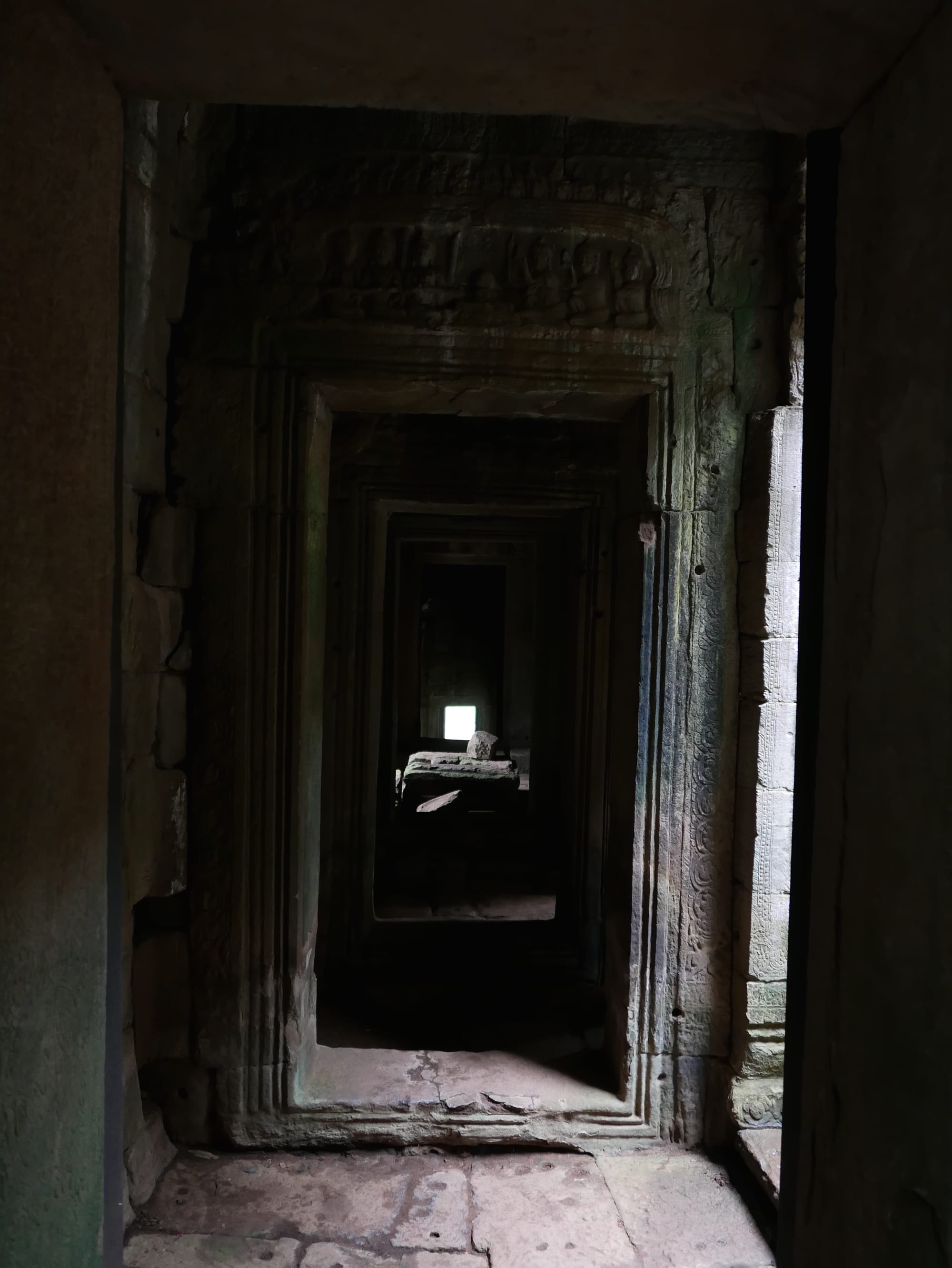
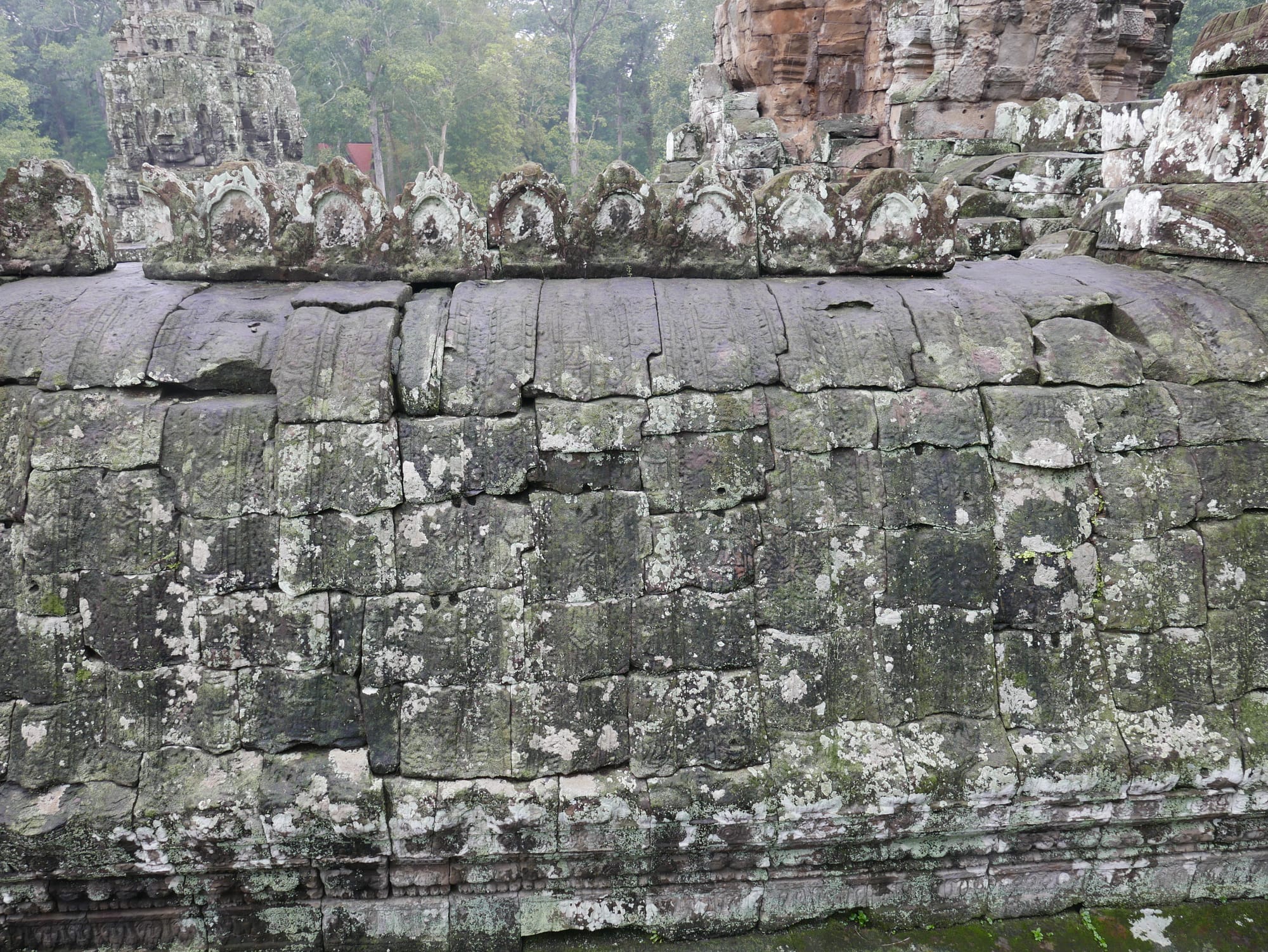
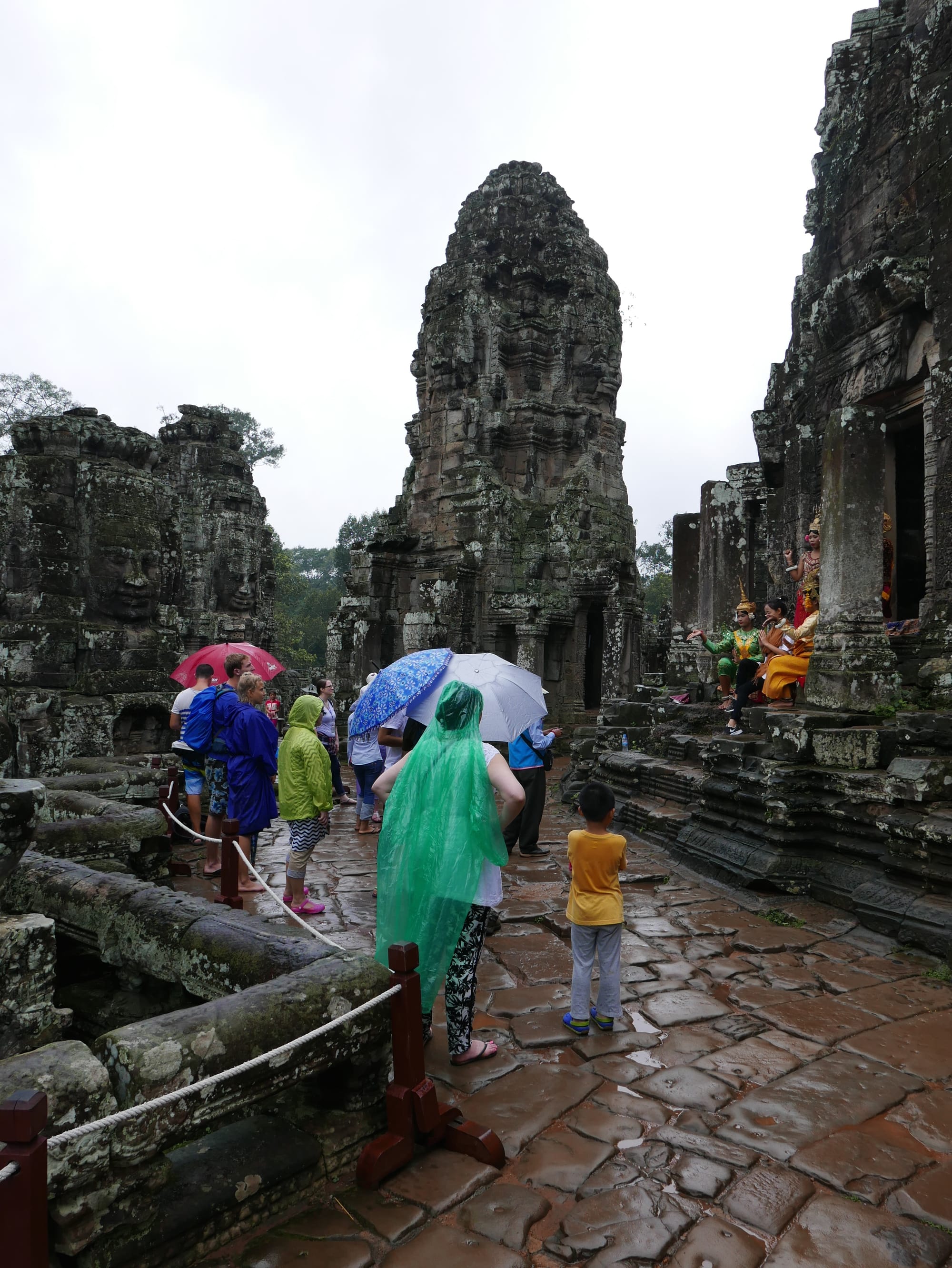
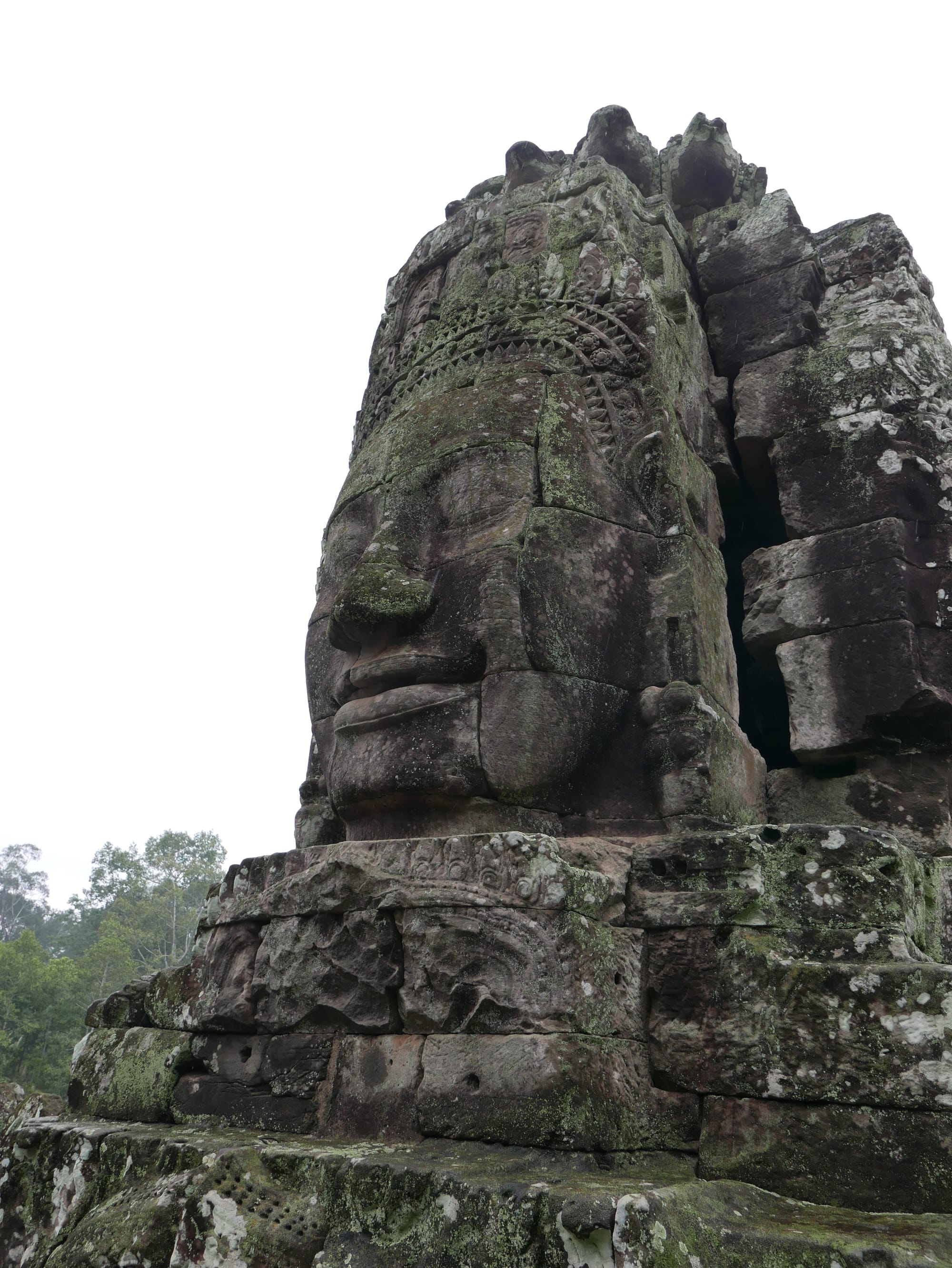
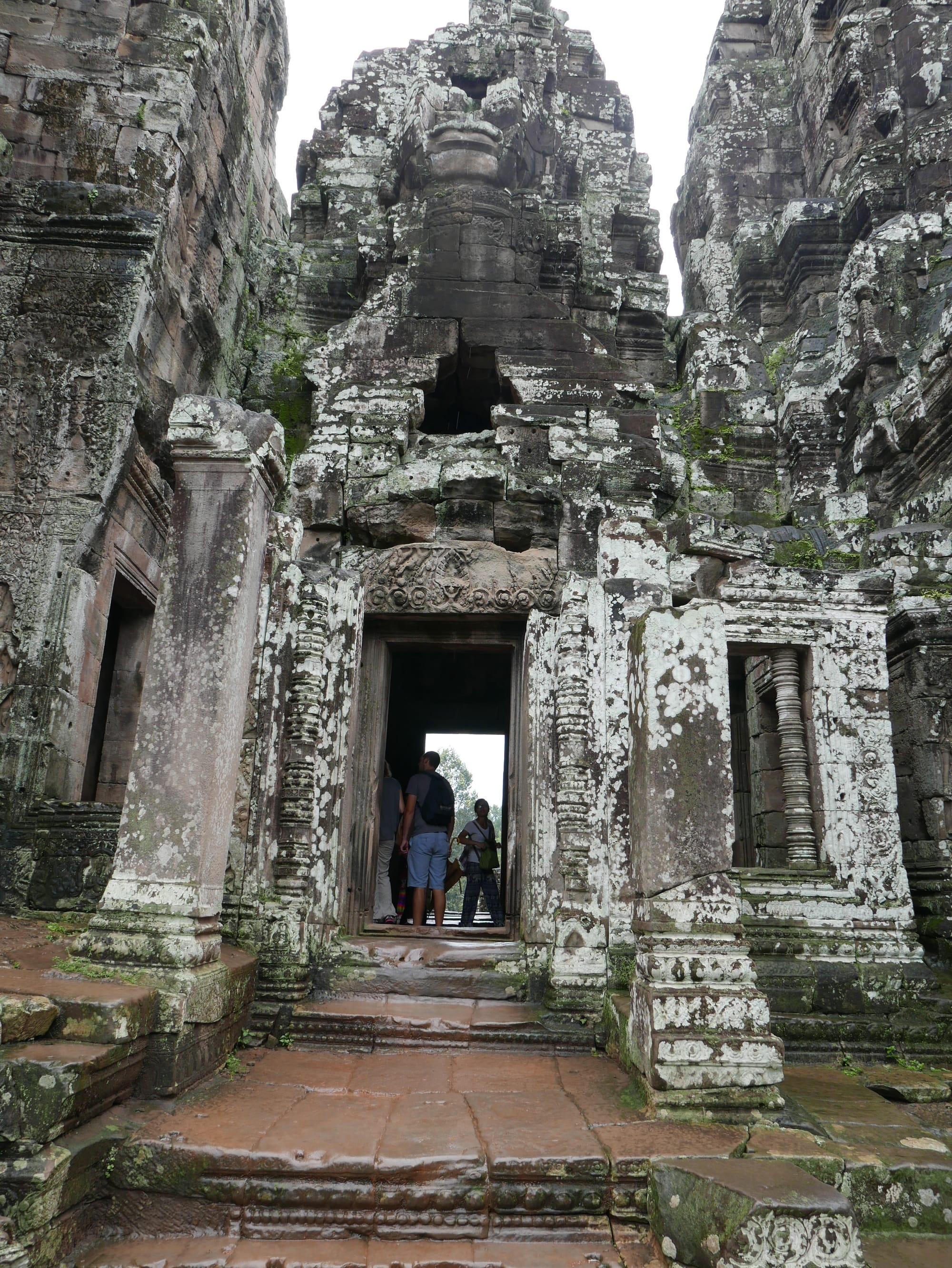
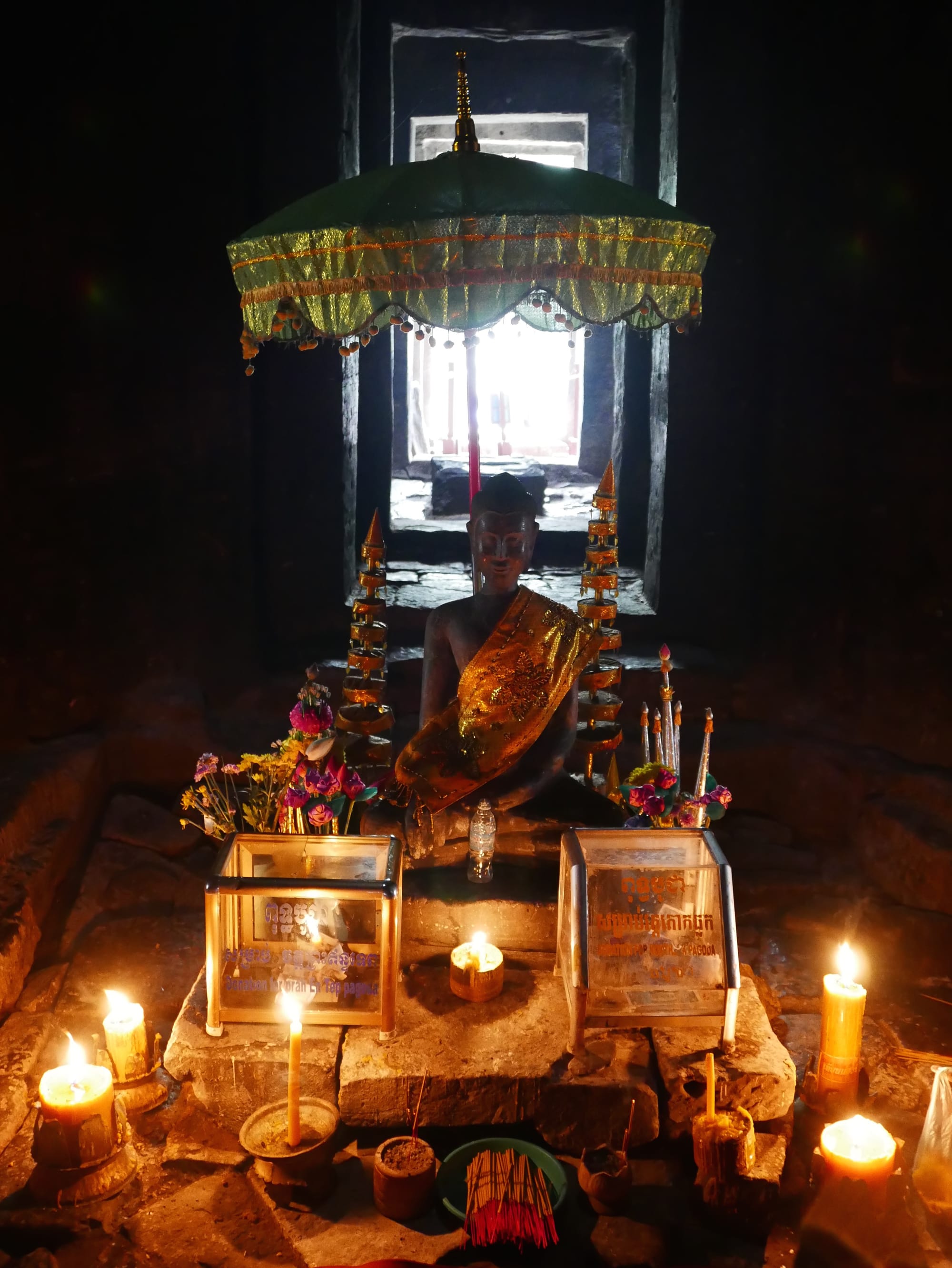
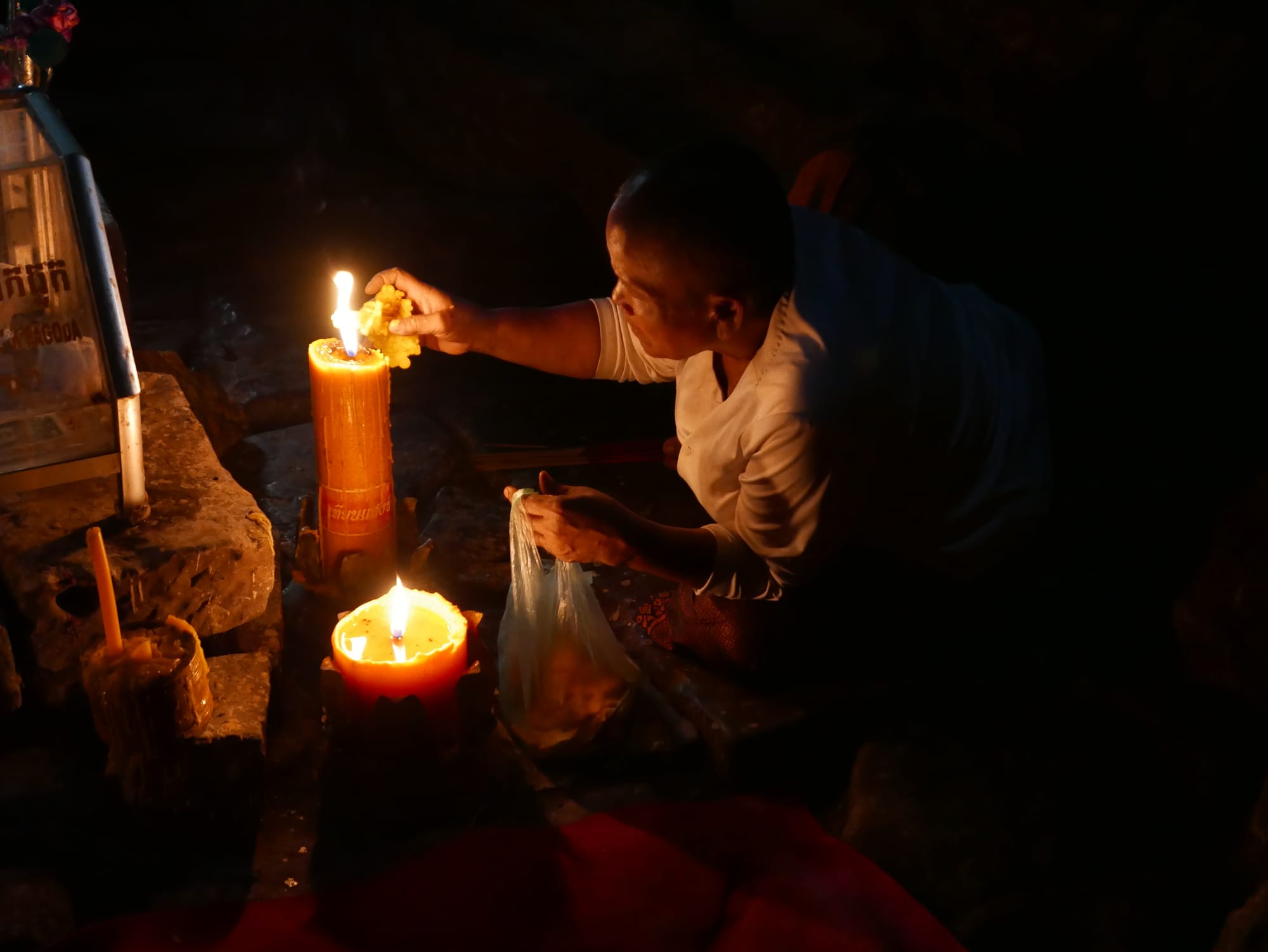
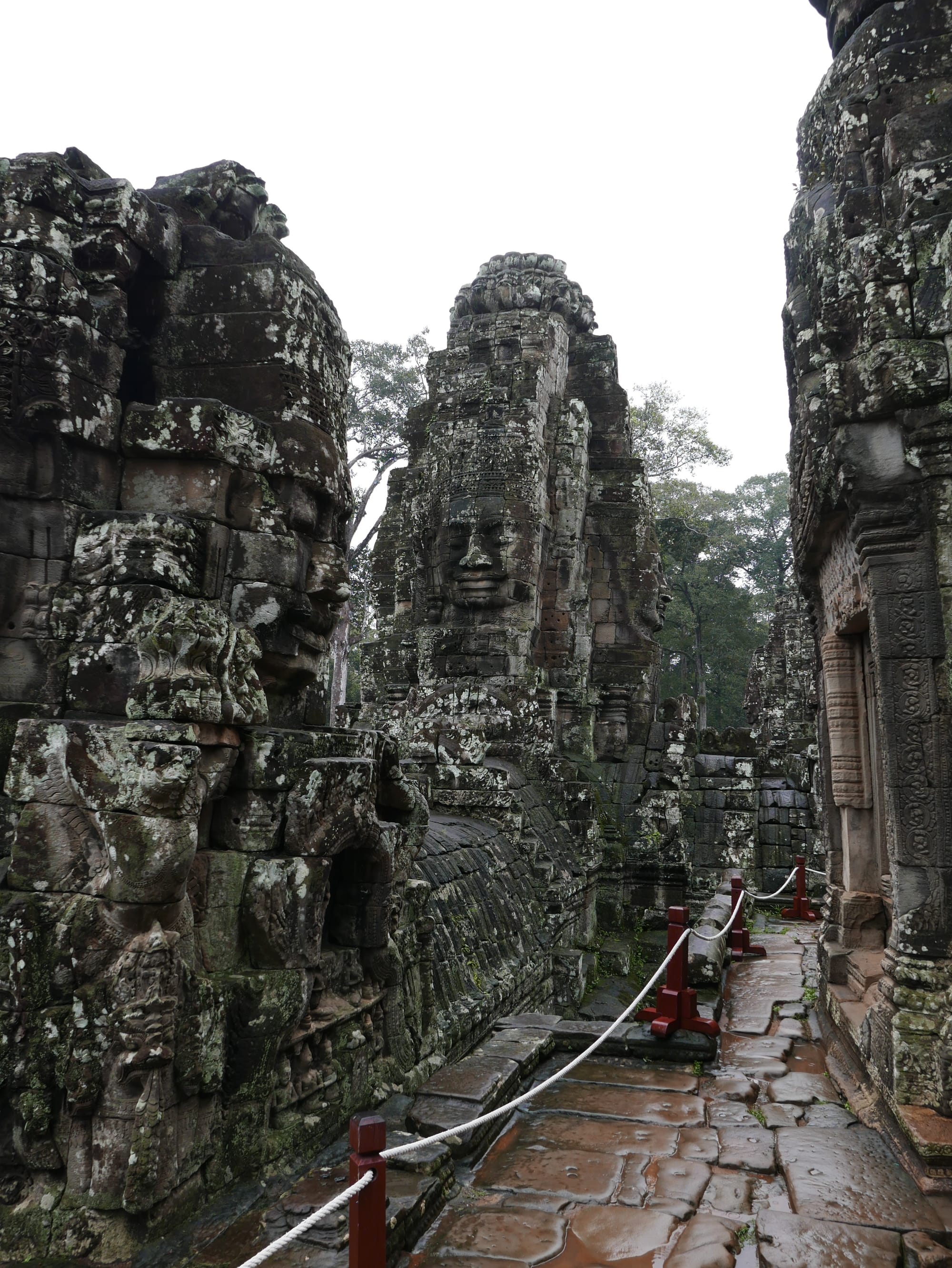
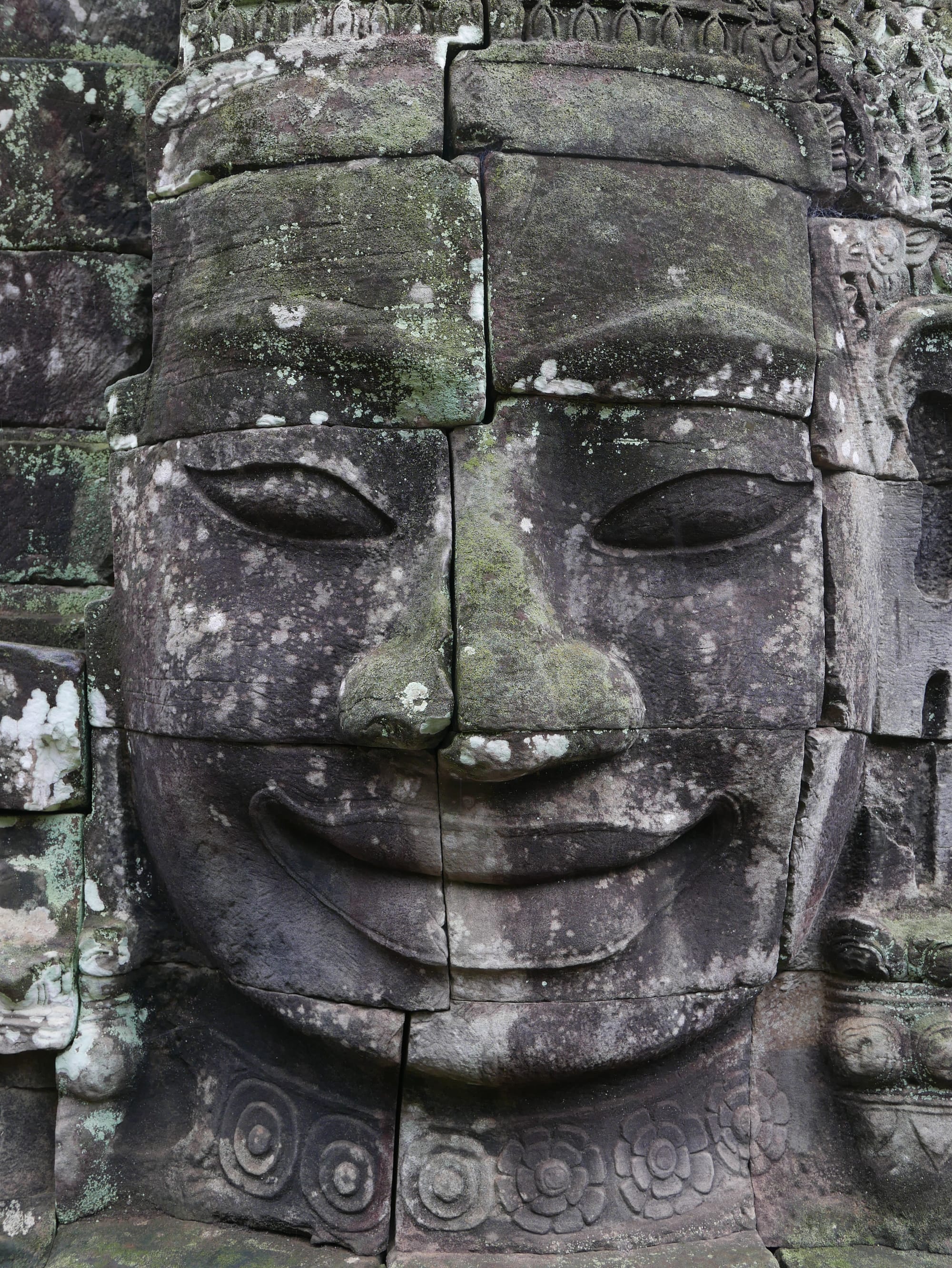
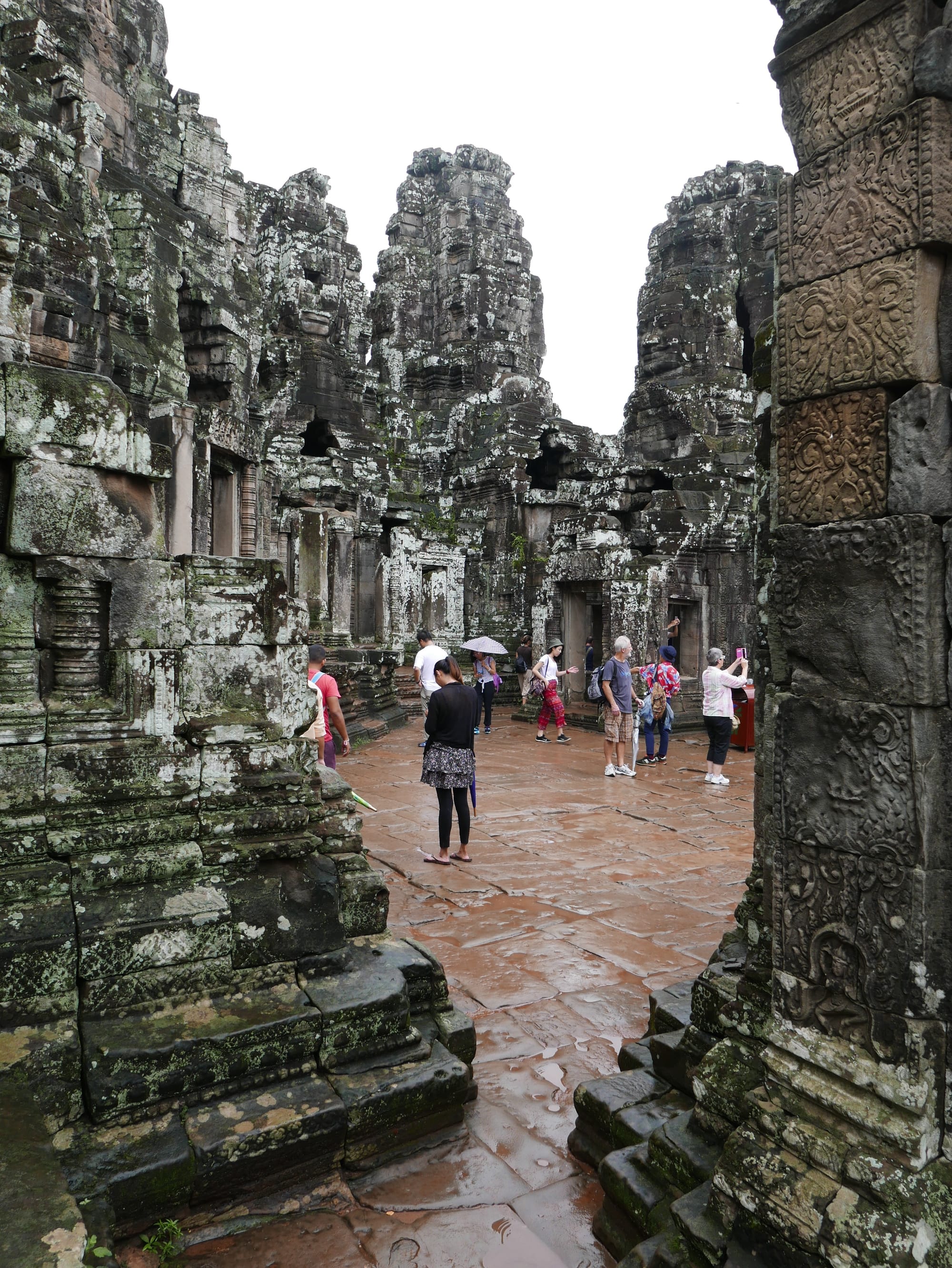
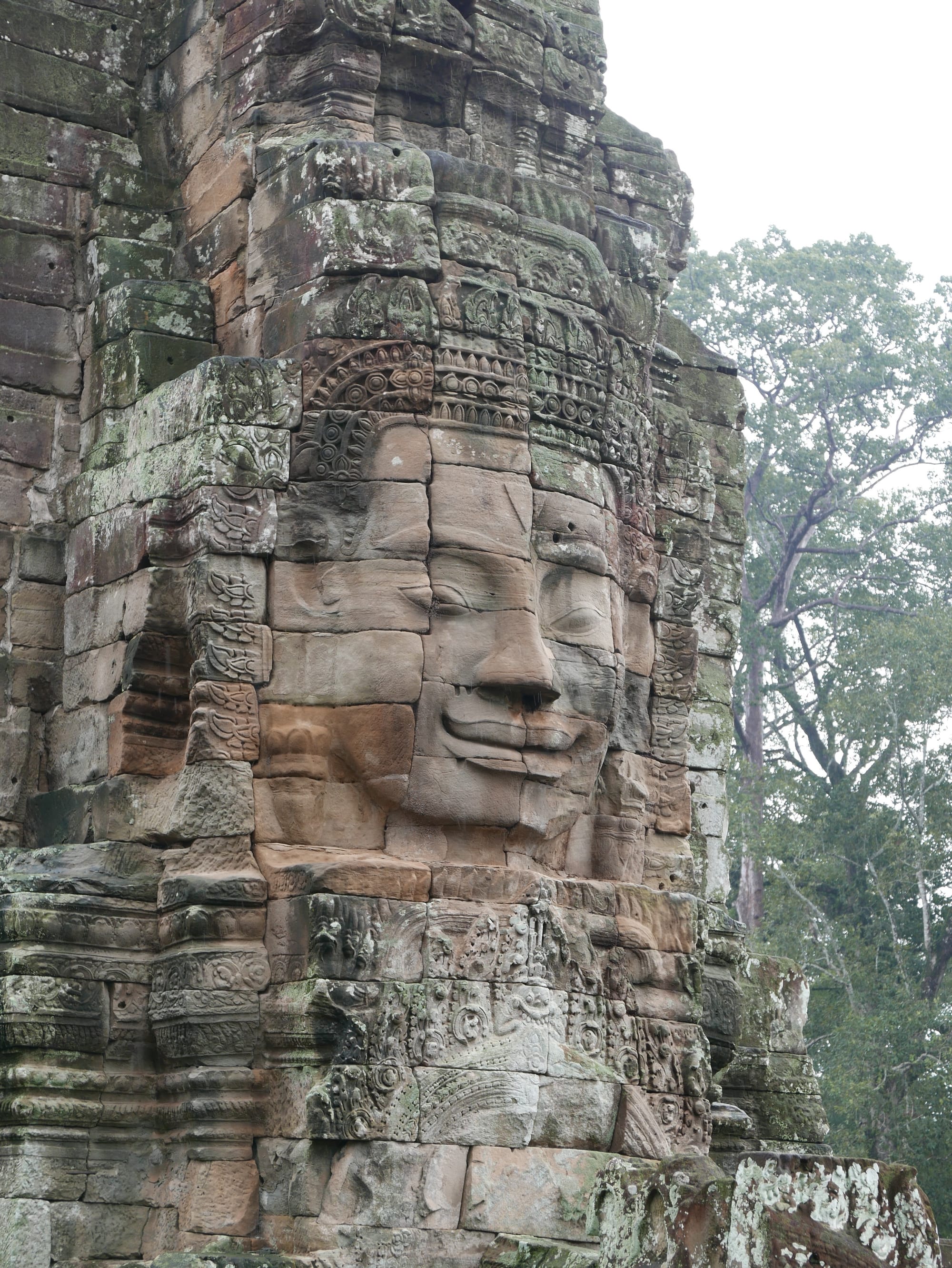
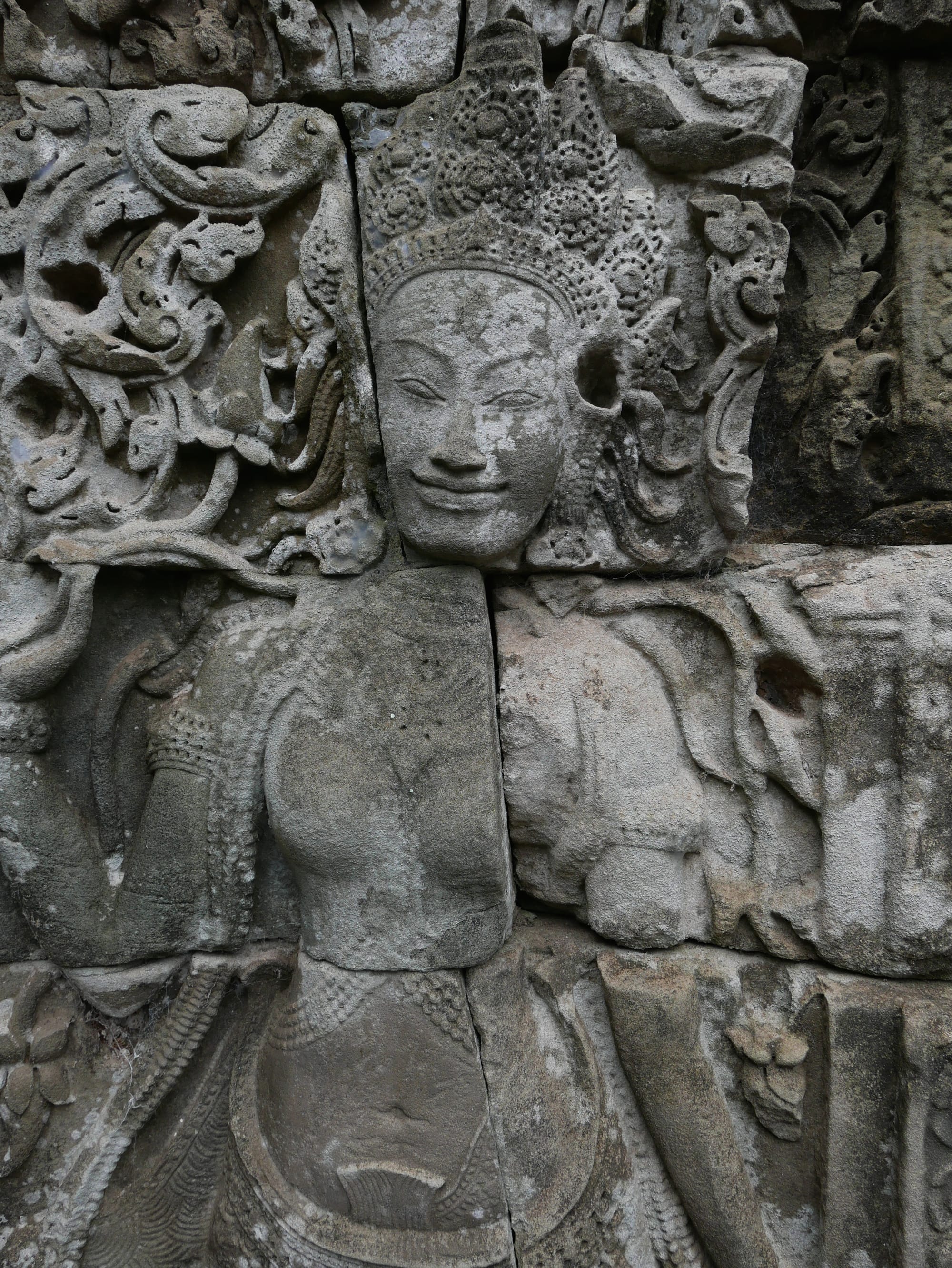
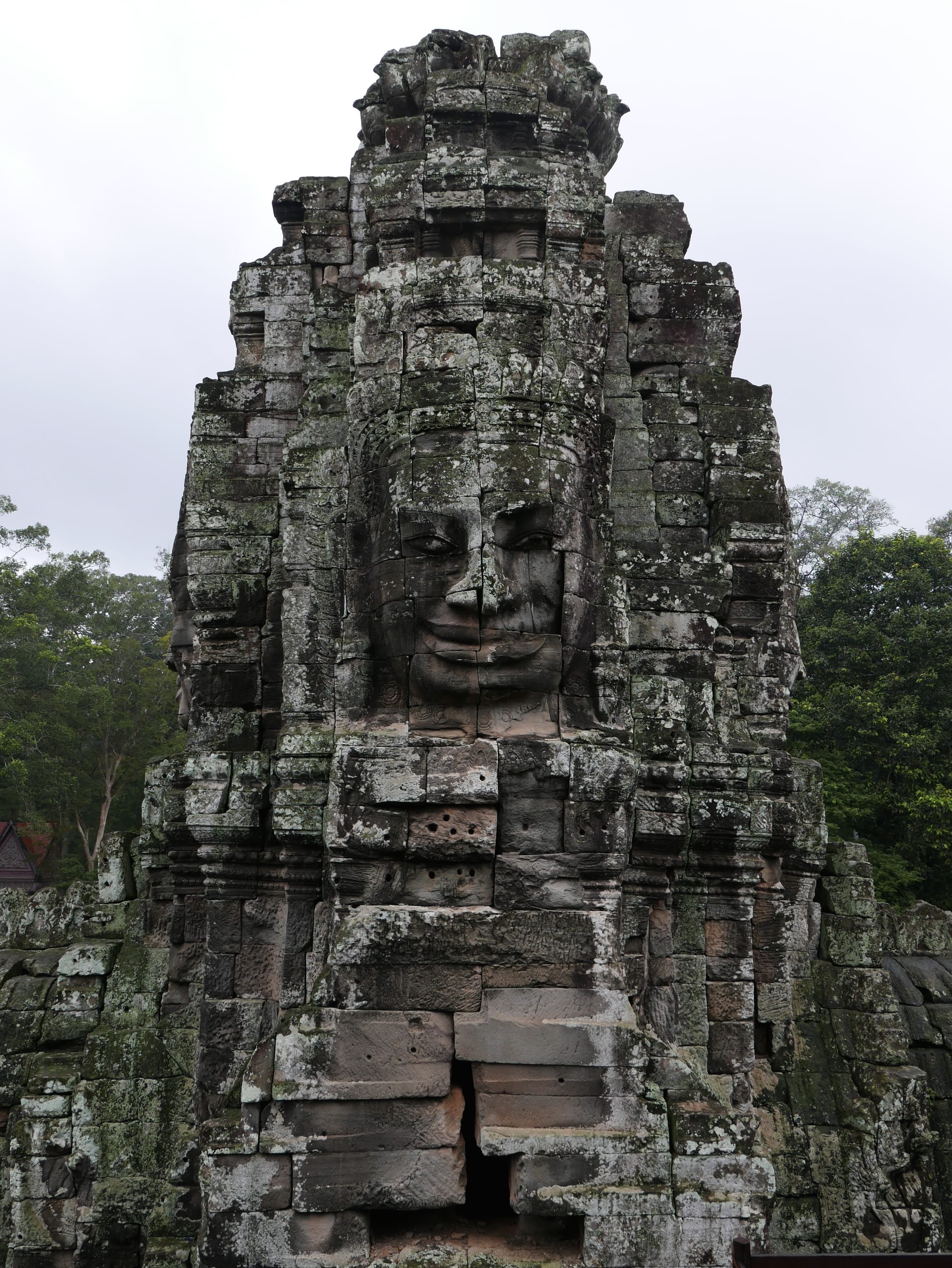
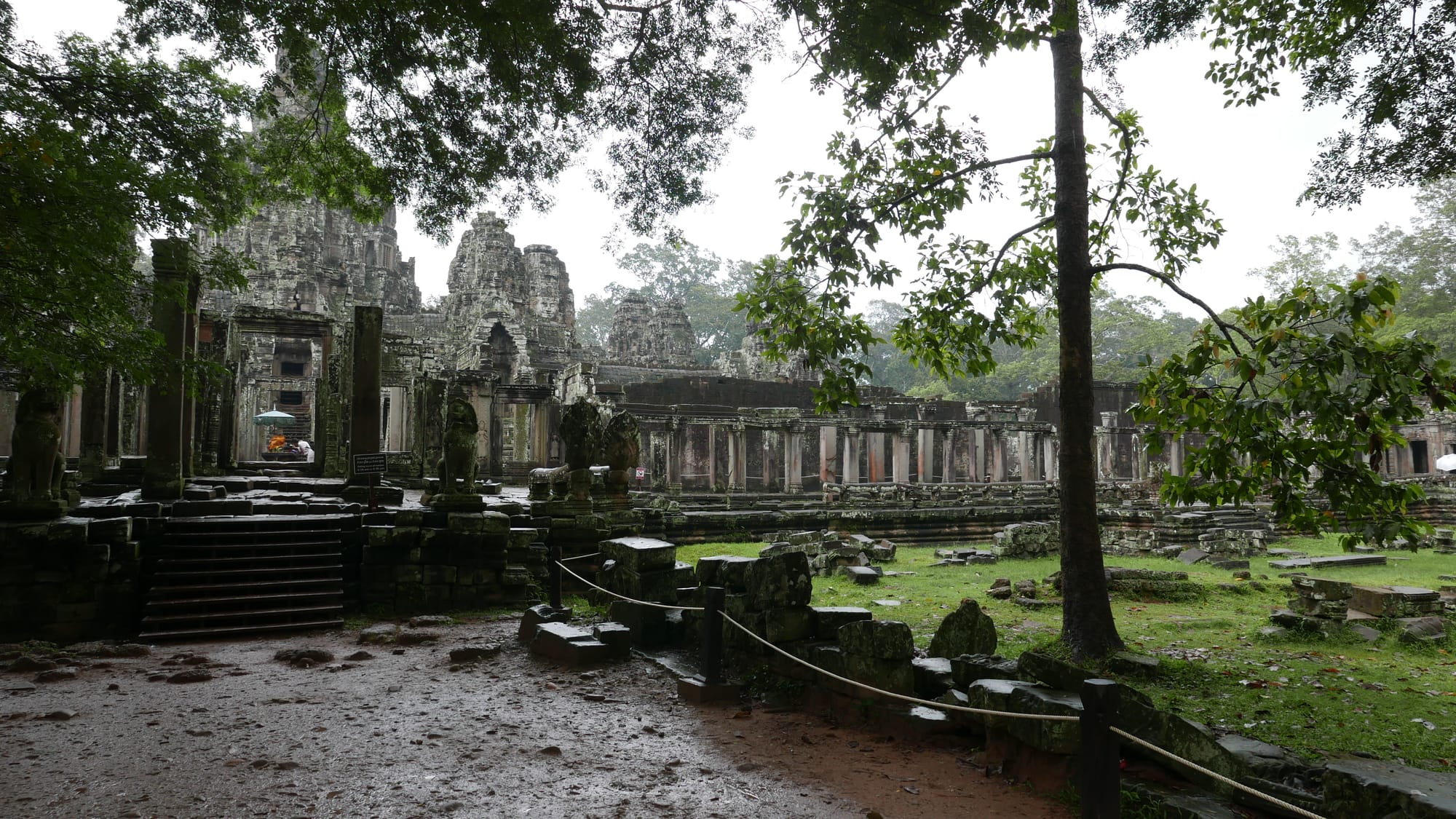
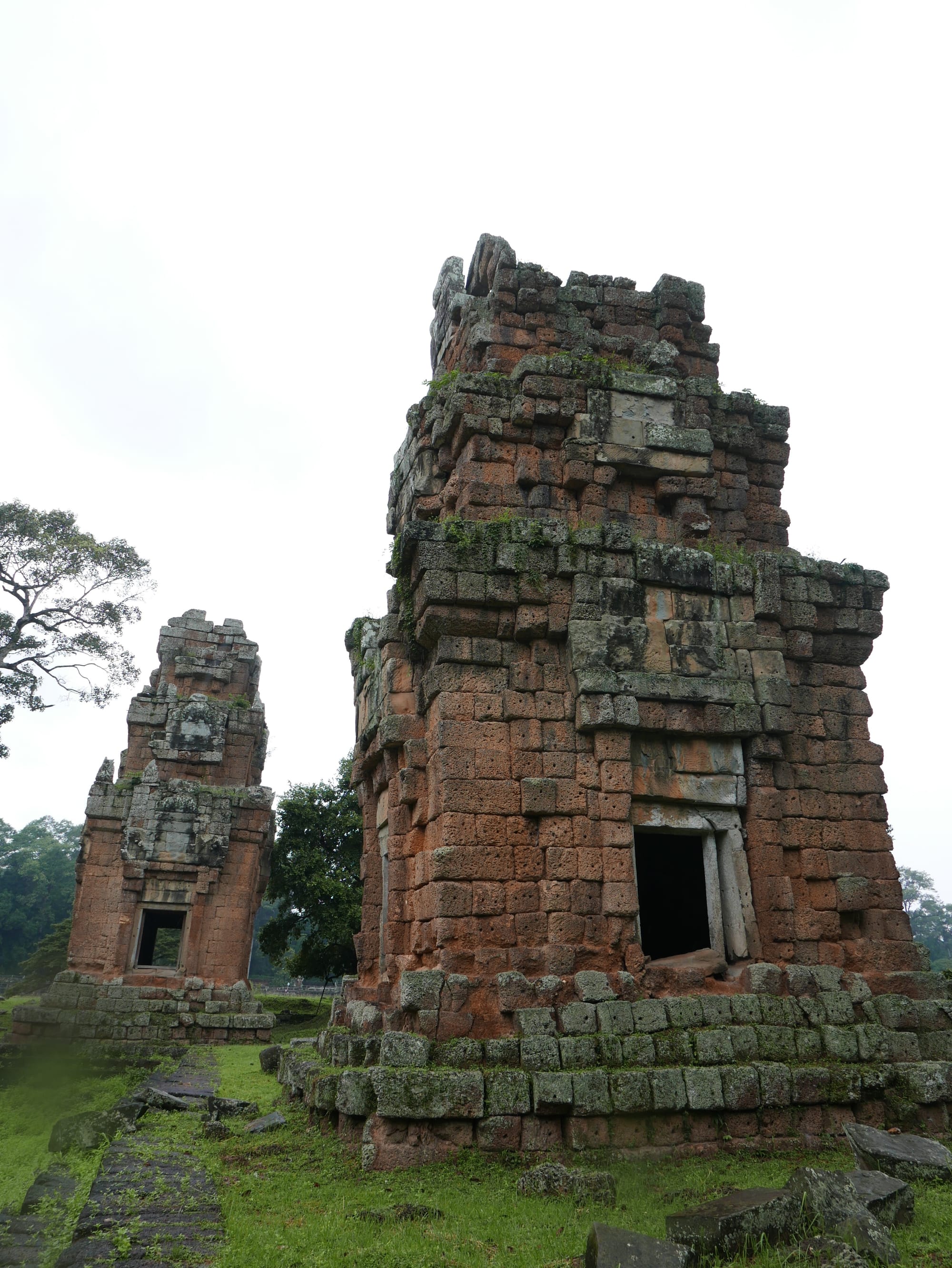
I enjoyed my visit to Angkor Thom (អង្គរធំ) much more than I did to Angkor Wat (អង្គរវត្ត). Angkor Thom (អង្គរធំ) didn’t have the fantastic carved reliefs of Angkor Wat (អង្គរវត្ត), but it felt more real, if that makes sense, than Angkor Wat (អង្គរវត្ត).
Foursquare: Angkor Thom
